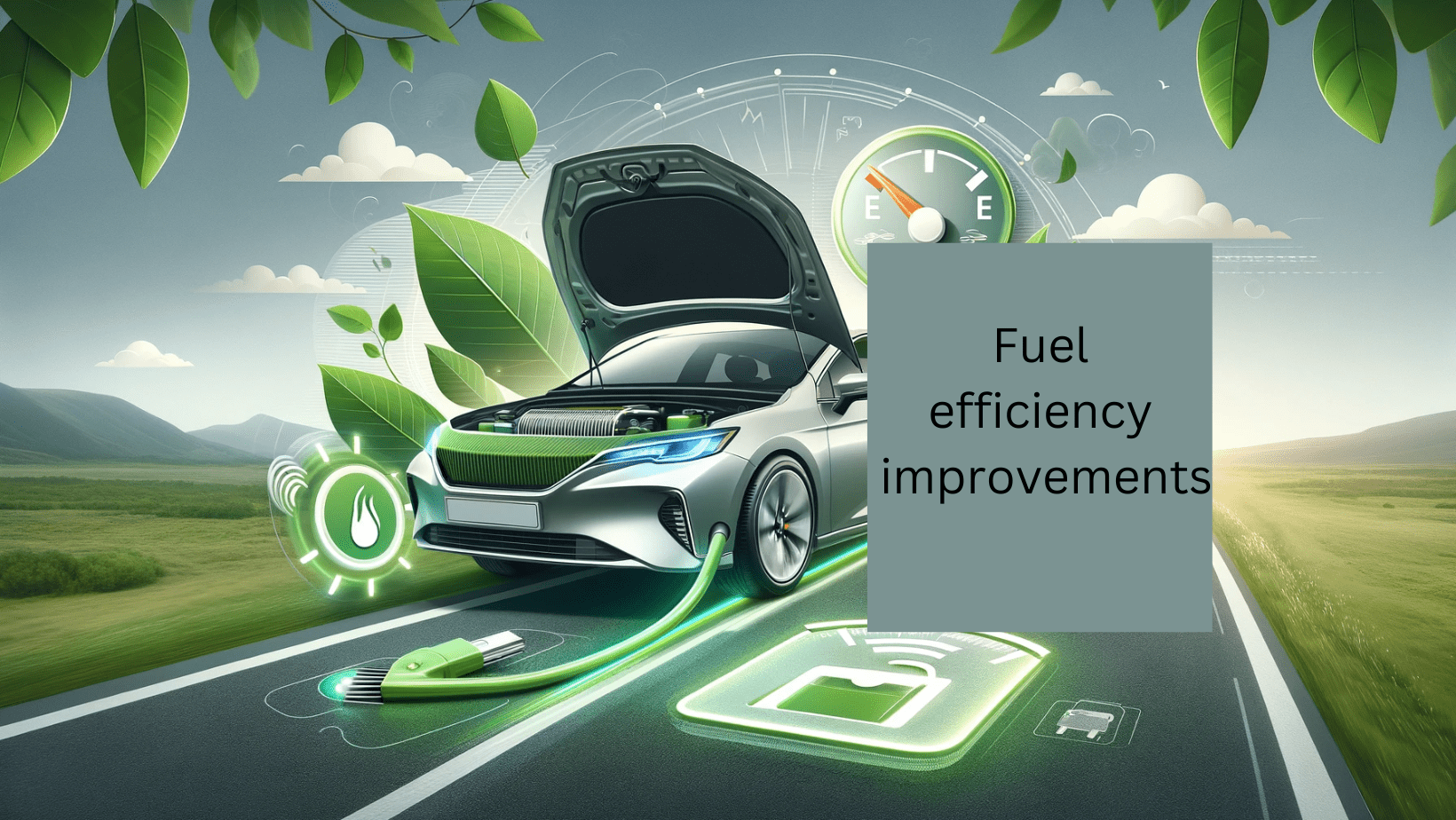Cold air intake: Fuel efficiency improvements
Key Takeaways
| Benefit | Detail |
|---|---|
| Enhanced Fuel Economy | A cold air intake system can lead to more efficient fuel use, translating to savings. |
| Improved Engine Performance | More oxygen-rich air boosts combustion, enhancing engine power and responsiveness. |
| Extended Engine Life | Cooler air helps in maintaining optimal engine temperature, potentially extending life. |
| Easy to Install and Maintain | Most systems are user-friendly, requiring minimal maintenance and straightforward setup. |
Are you looking to enhance your vehicle’s performance while being cost-effective at the pump? Understanding the role of a cold air intake system in improving fuel efficiency is crucial. Not only does a well-designed cold air intake system promise a boost in horsepower, but it also contributes to fuel efficiency improvements.
When your engine gets more air, it can breathe easier. Just like a runner on a cool day, your car’s engine operates with less thermal stress when cooler, denser air is available. This is where a cold air intake shines, drawing in air from outside the engine compartment, which tends to be cooler than the air inside it.

Boost in Engine Efficiency
With a cold air intake, the engine doesn’t have to work as hard to draw in air. This reduced engine load can lead to better fuel economy. Think of it as removing a blockage in a water pipe – the water flows more freely and efficiently.
The Role of Oxygen in Combustion
More oxygen equals a more complete burn of fuel. This translates to getting more power out of every drop, which is a direct route to improving miles per gallon. By ensuring that more oxygen is available for combustion, a cold air intake helps your engine run leaner and more efficiently.
Impact on Engine Longevity
An engine running cooler is less likely to suffer from overheating issues, which means less wear and tear over time. Cooler operating temperatures can contribute to the longevity of engine components, potentially saving you from costly repairs down the line.
Installation and Maintenance

A bonus of cold air intakes is their ease of installation. Many car enthusiasts appreciate that this is a modification they can do themselves with some basic tools. Moreover, maintenance typically involves a simple filter cleaning or replacement, keeping your path to improved efficiency clear.
Further Advantages and Related Insights
| Advantage | Insight with Internal Link |
|---|---|
| Sound Enhancement | A growl under the hood isn’t just cool – it indicates a well-functioning intake. Learn more about how a cold air intake can affect your car’s sound. |
| Tailored Performance | Different rides require different setups. Find out how to tune cold air intakes for your specific ride. |
| Comparative Analysis | Weighing your options? Understand the differences in our comparison of short ram vs. cold air intakes. |
| Transmission Considerations | Potential transmission hiccups can be avoided. Stay informed on cold air intake transmission problems. |
| Make-Specific Information | Own a Ram 1500 with a 5.7 Hemi? Discover the tailored benefits for your vehicle by reading about cold air intakes for the Ram 1500 5.7 Hemi. |
| Brand Comparisons | Debating between brands? Get the lowdown in our SB vs. K&N performance comparison to make an informed decision. |
Tailoring the cold air intake to your vehicle’s specific needs is vital for optimizing performance gains. For instance, the requirements for a 6.0 Vortec engine are distinct from those of other models. By consulting resources that dive into the benefits of a cold air intake, you can customize your approach for the best results.
Remember, while cold air intakes are a popular first step for those looking to improve their car’s performance, it’s important to consider all aspects of the intake system and its relation to other components. Doing so ensures that you’re not only improving fuel efficiency but also enhancing the overall health and performance of your vehicle.
Fuel efficiency improvements: Real-Life Gains
But what does this mean for you, the driver? It means that investing in a cold air intake can be a cost-effective modification that pays dividends at the fuel pump. By exploring our detailed guide on the basics of cold air intakes, you can gain a deeper understanding of how this addition can benefit your specific vehicle model, whether it’s a robust 6.6 Duramax or a sleek Honda Civic.
In conclusion, a cold air intake system is not just about the roar of your engine or the added horsepower; it’s also about making fuel efficiency improvements. By allowing your engine to run cooler and breathe better, you’re setting the stage for a smoother, more cost-effective ride.




